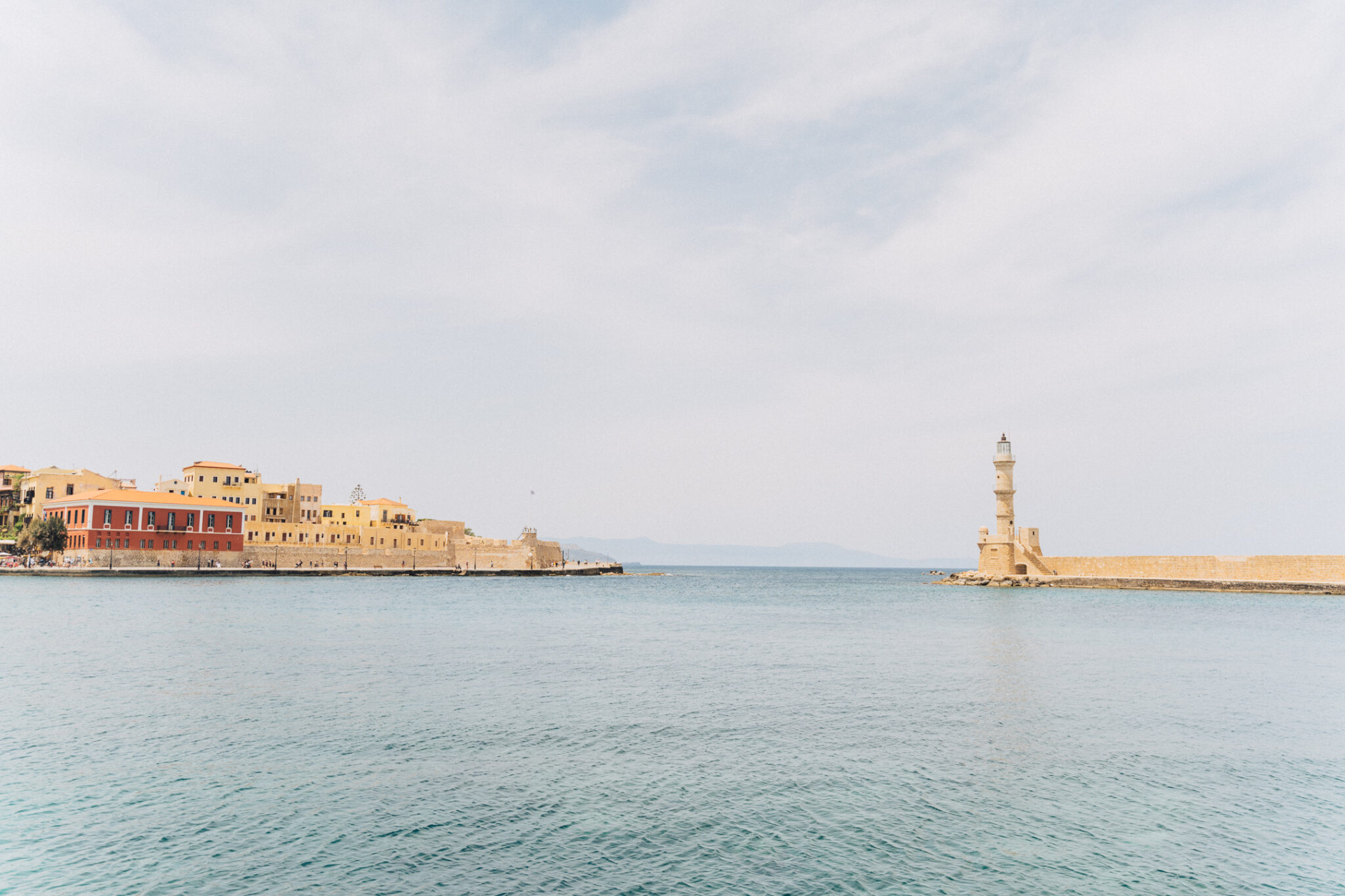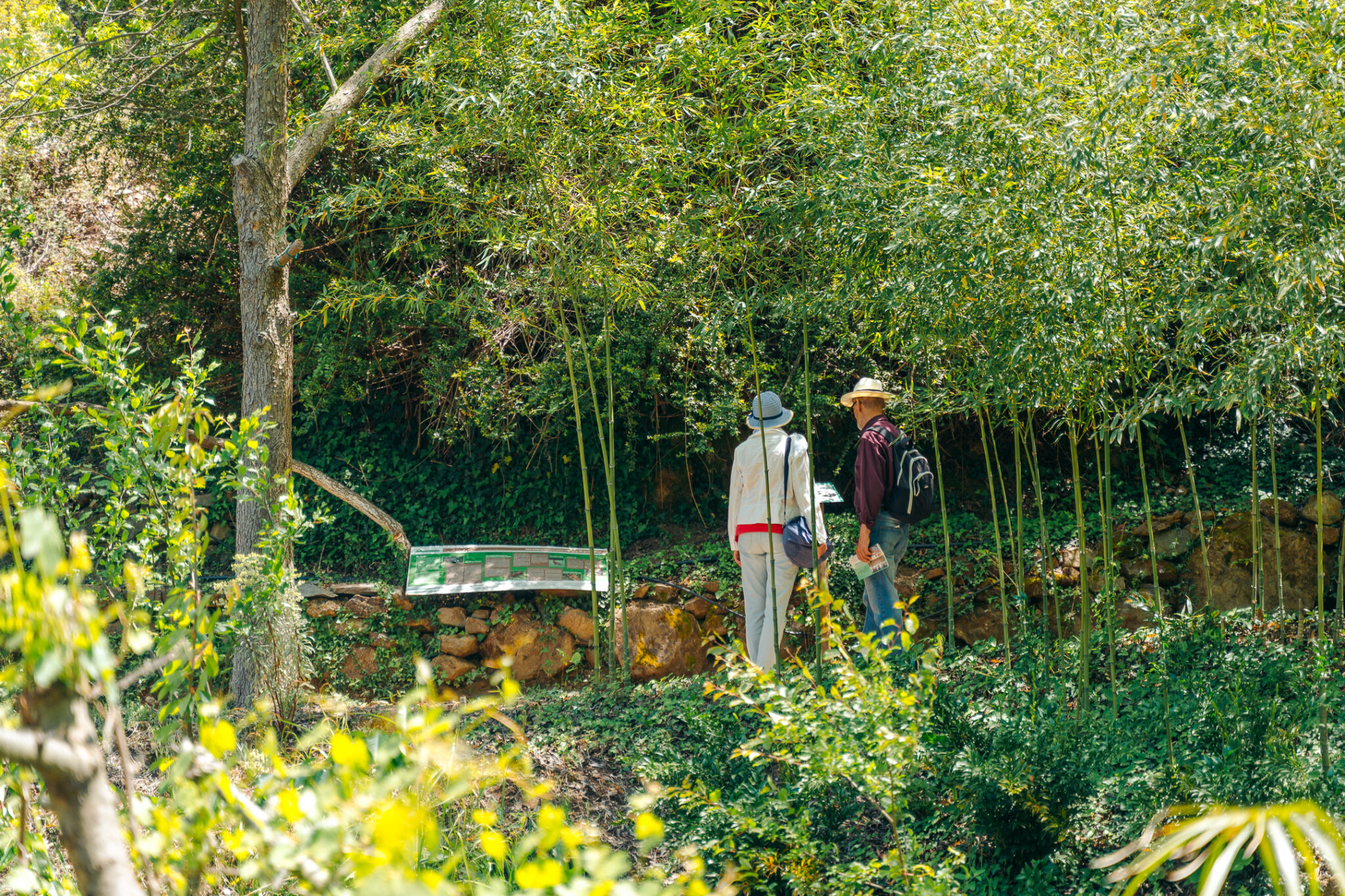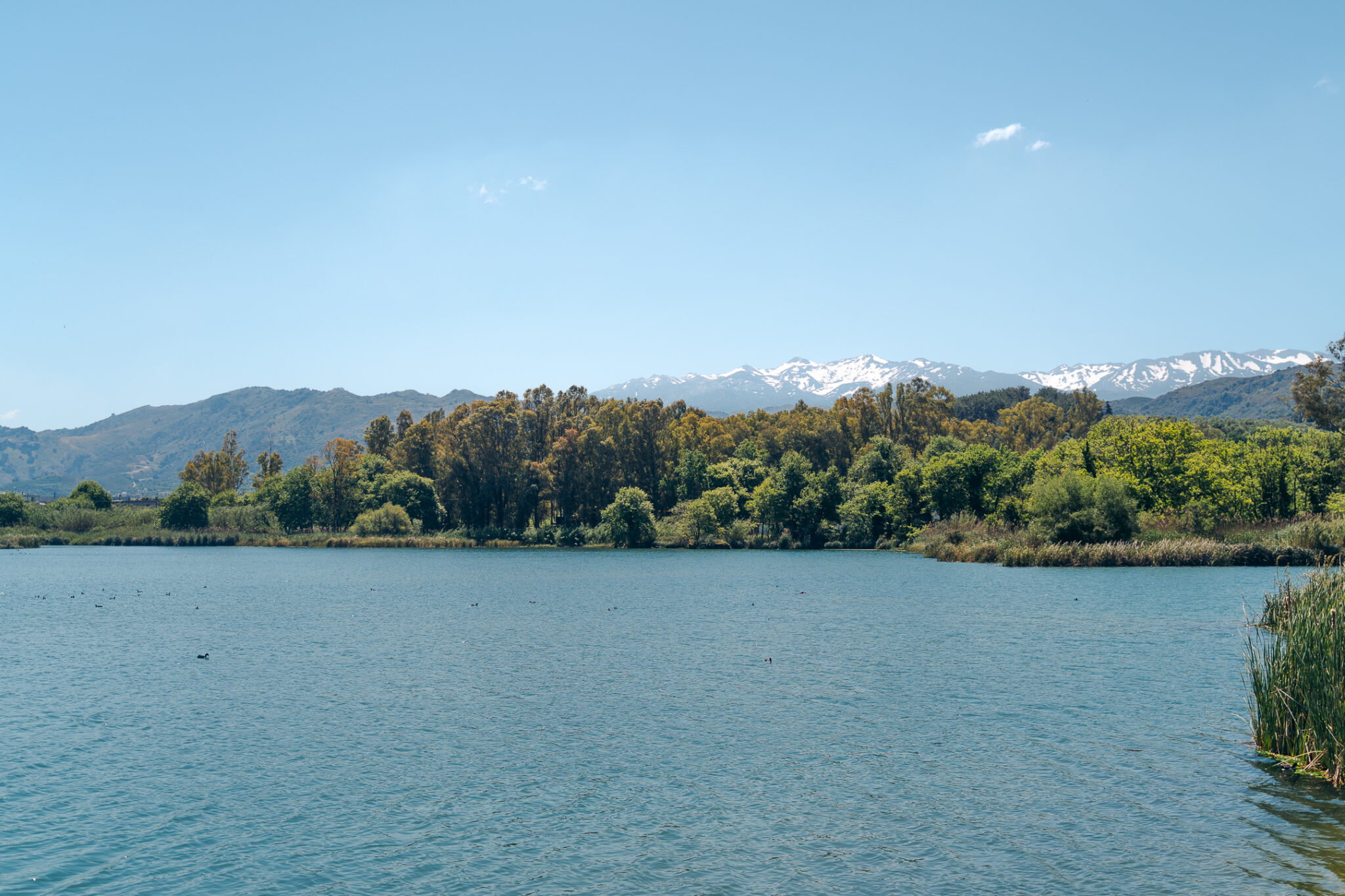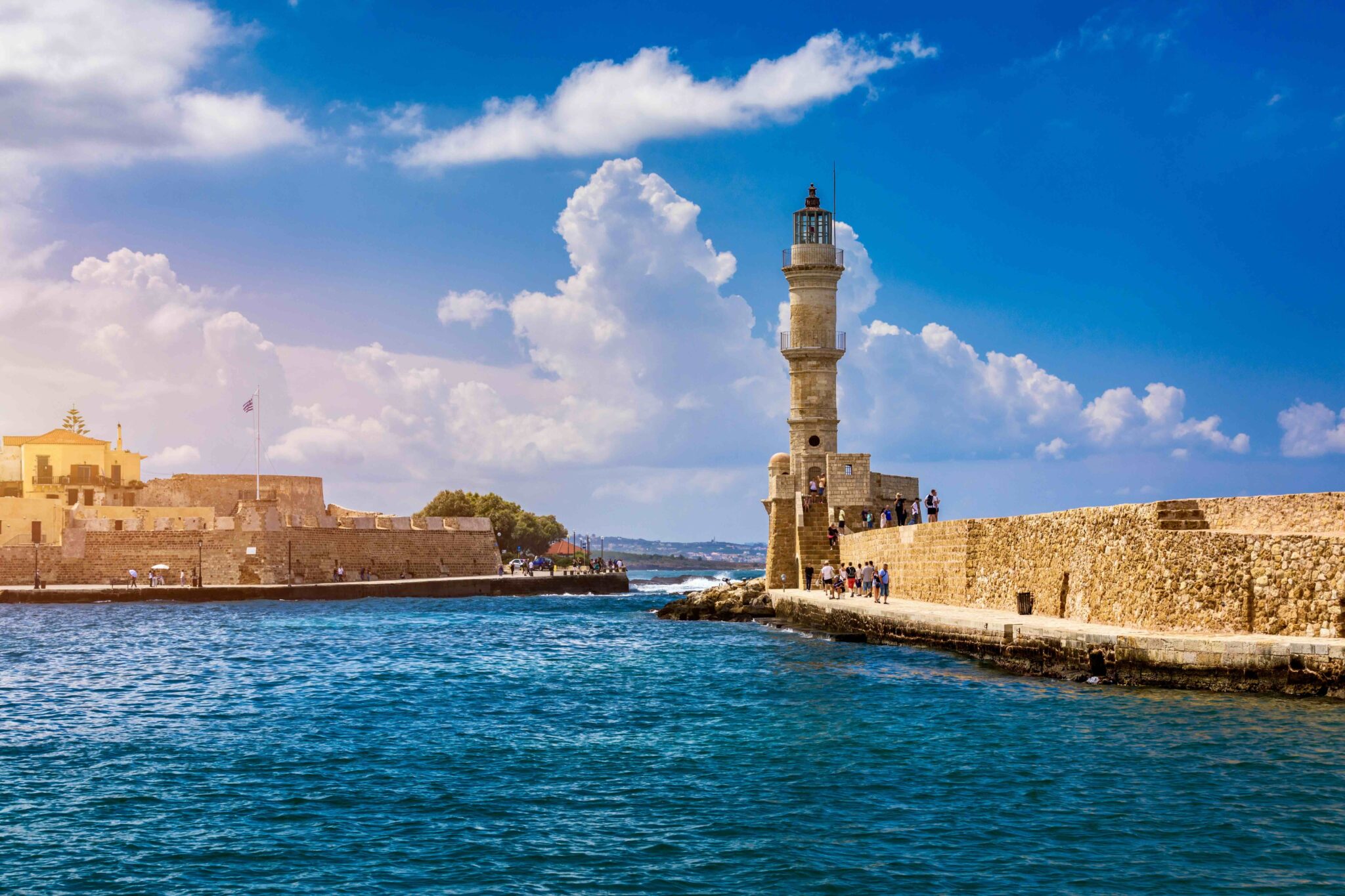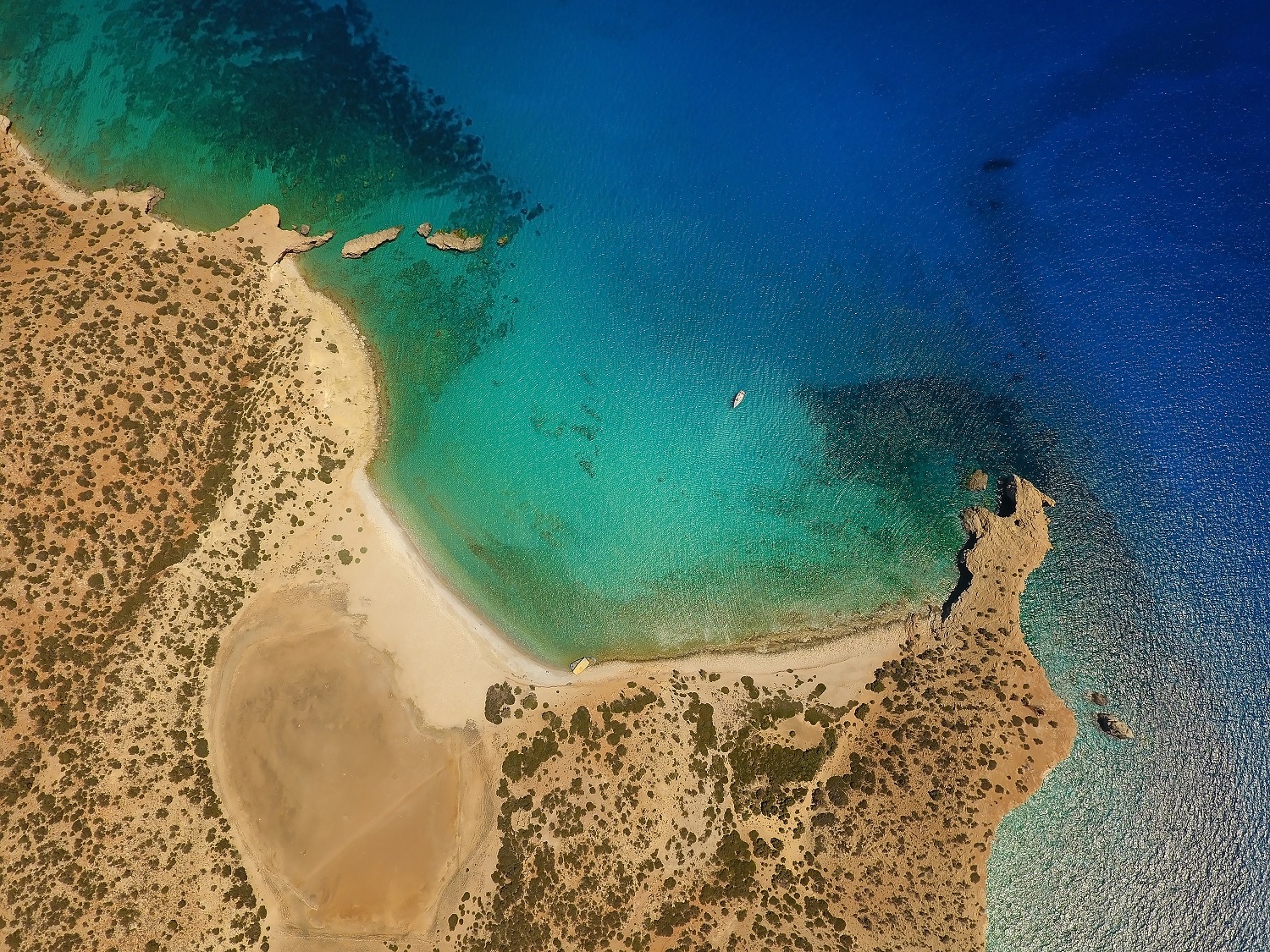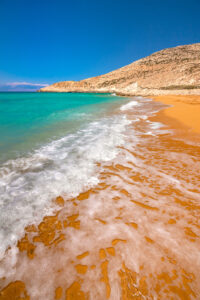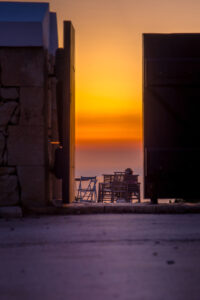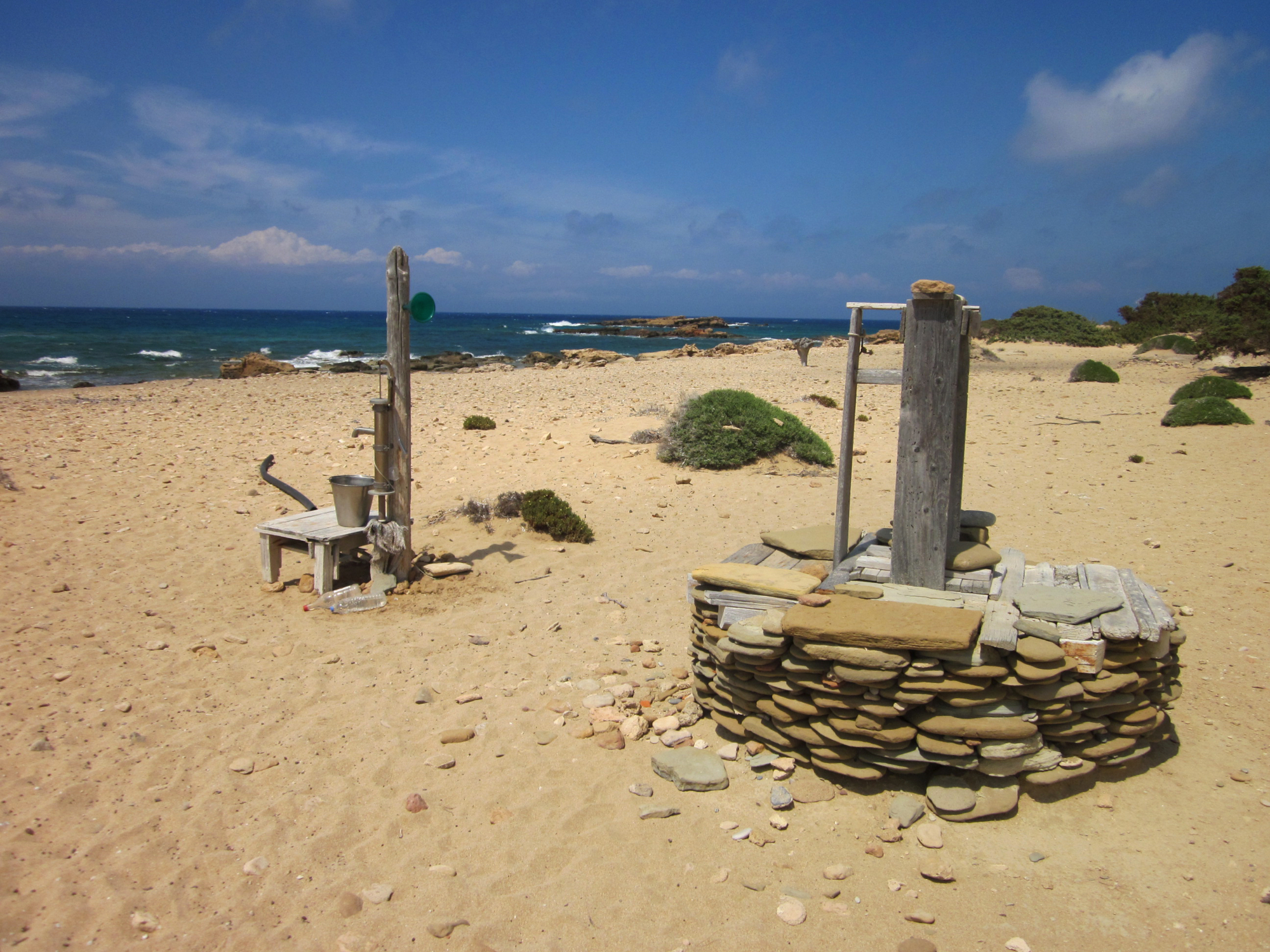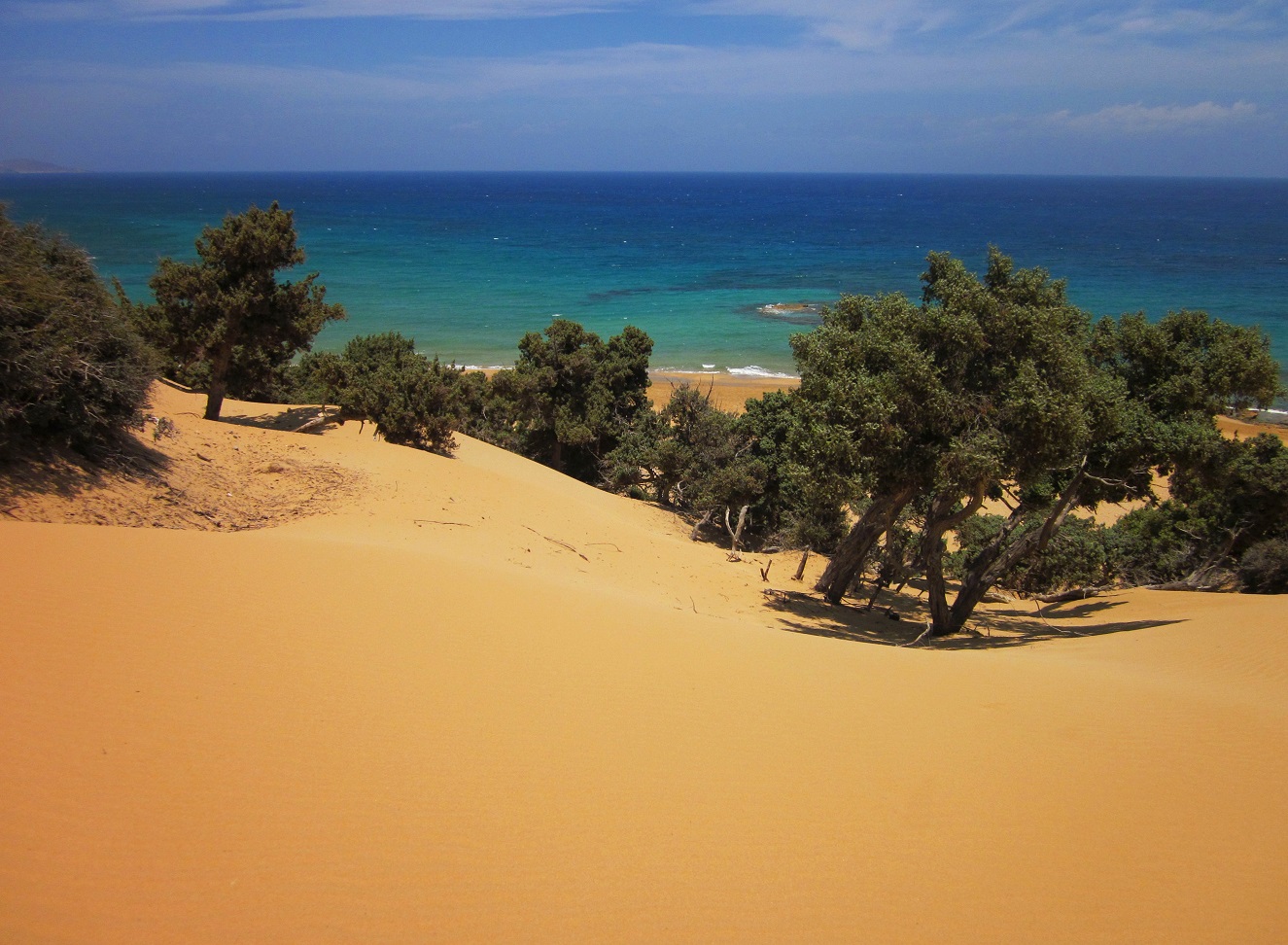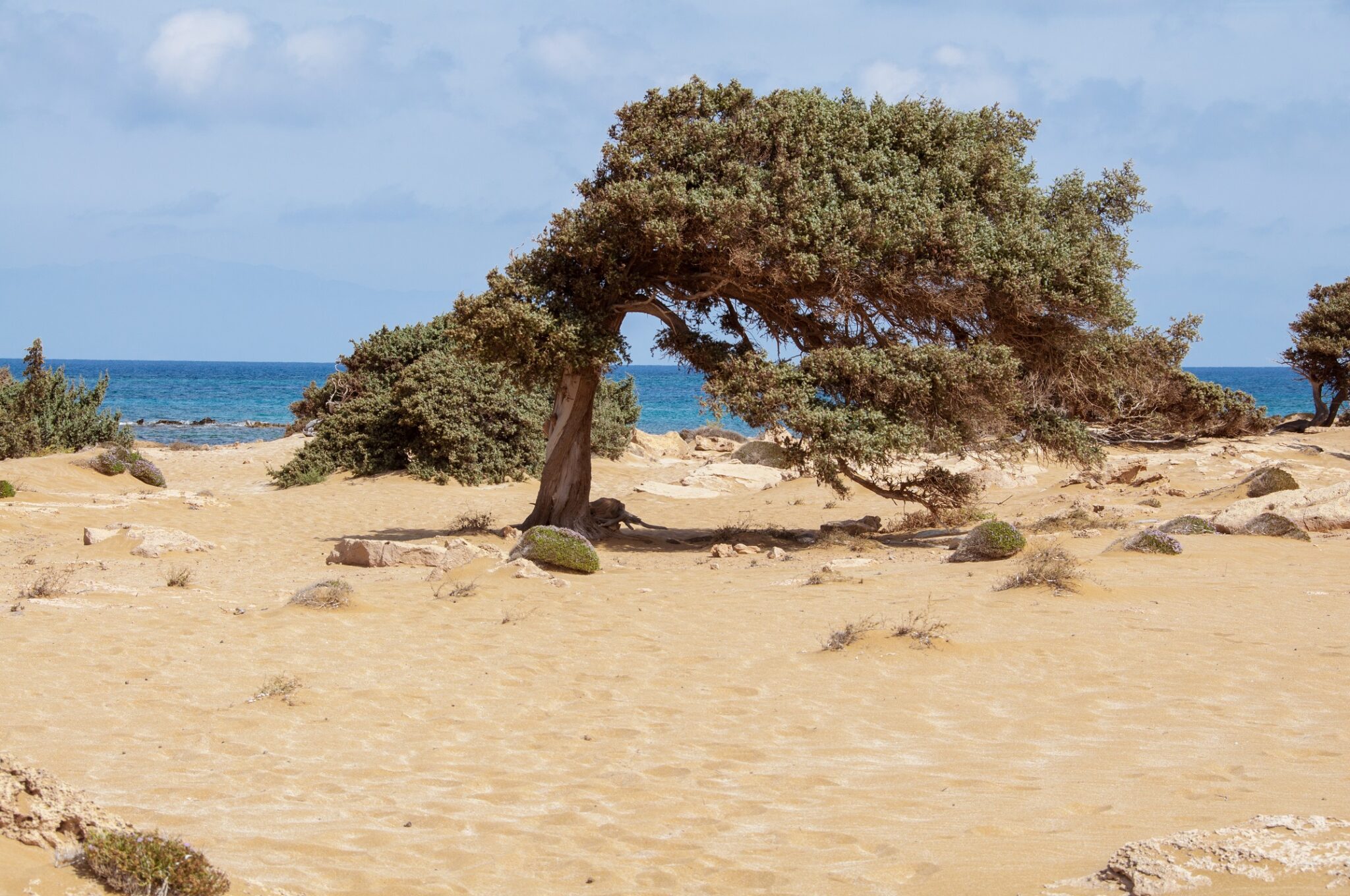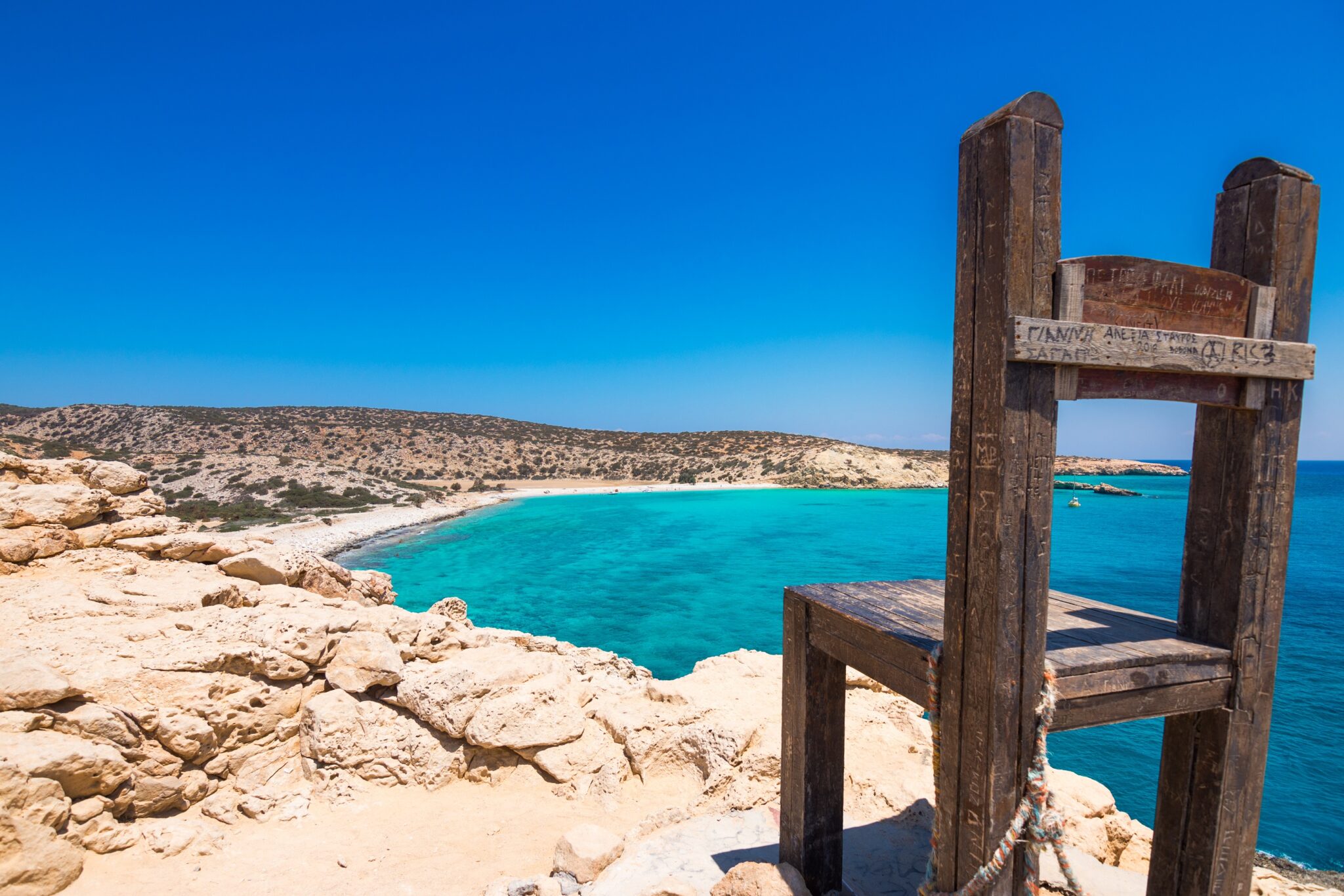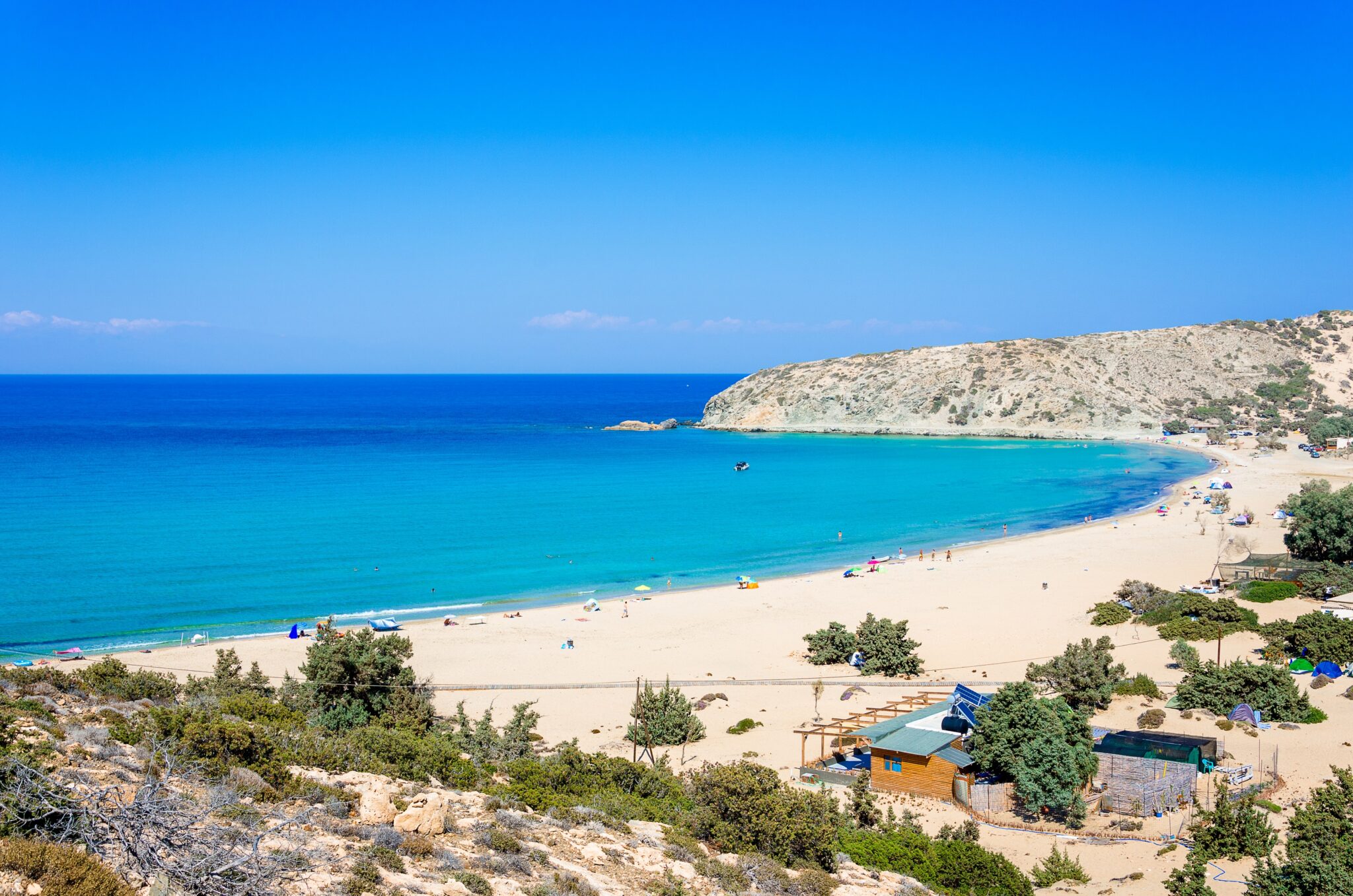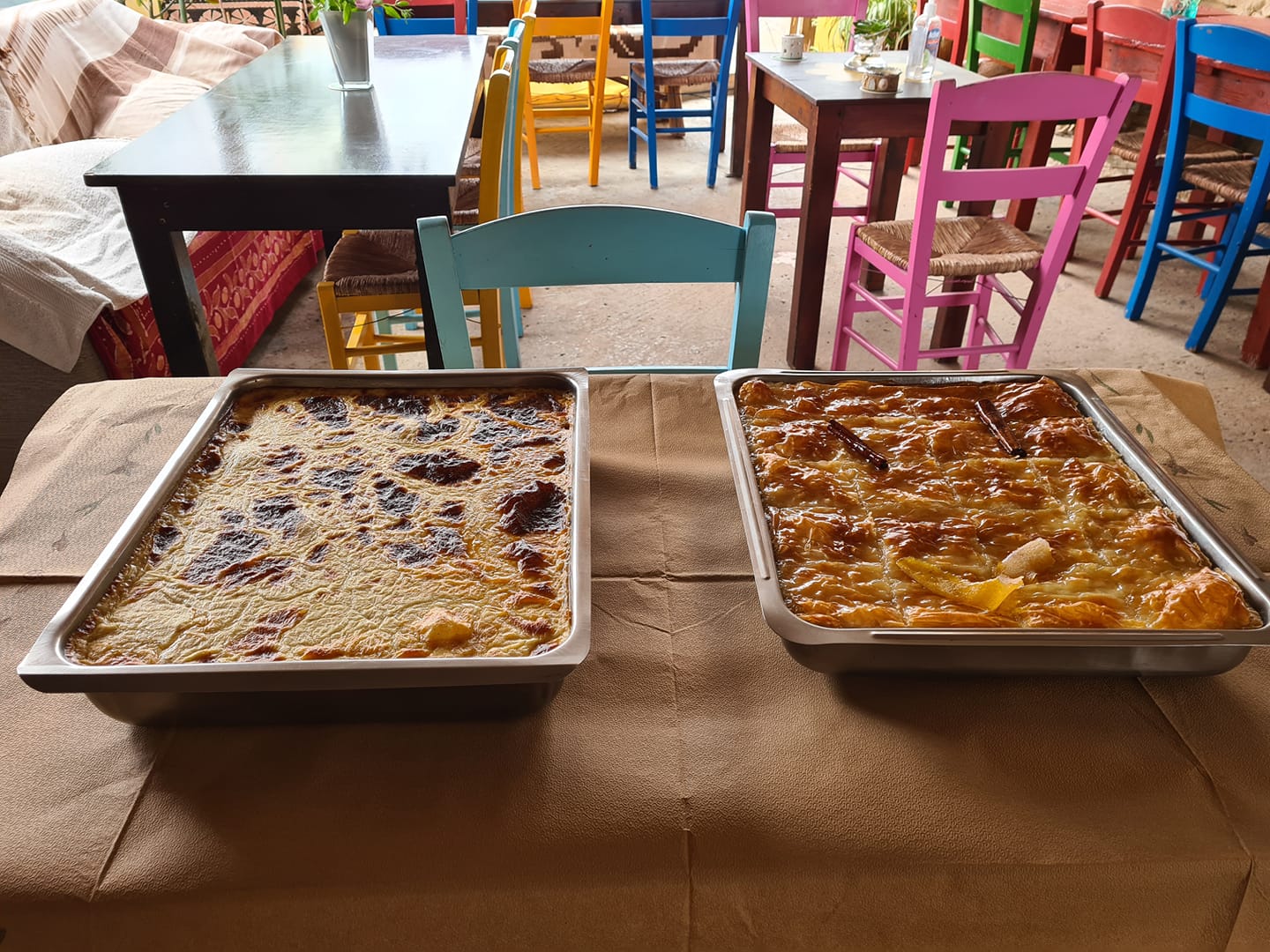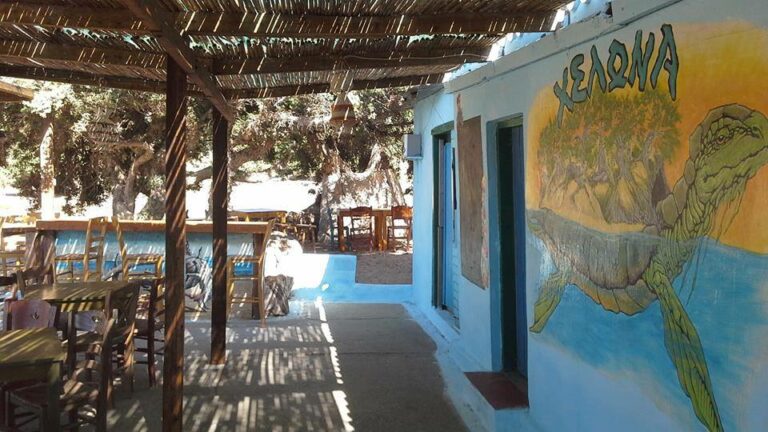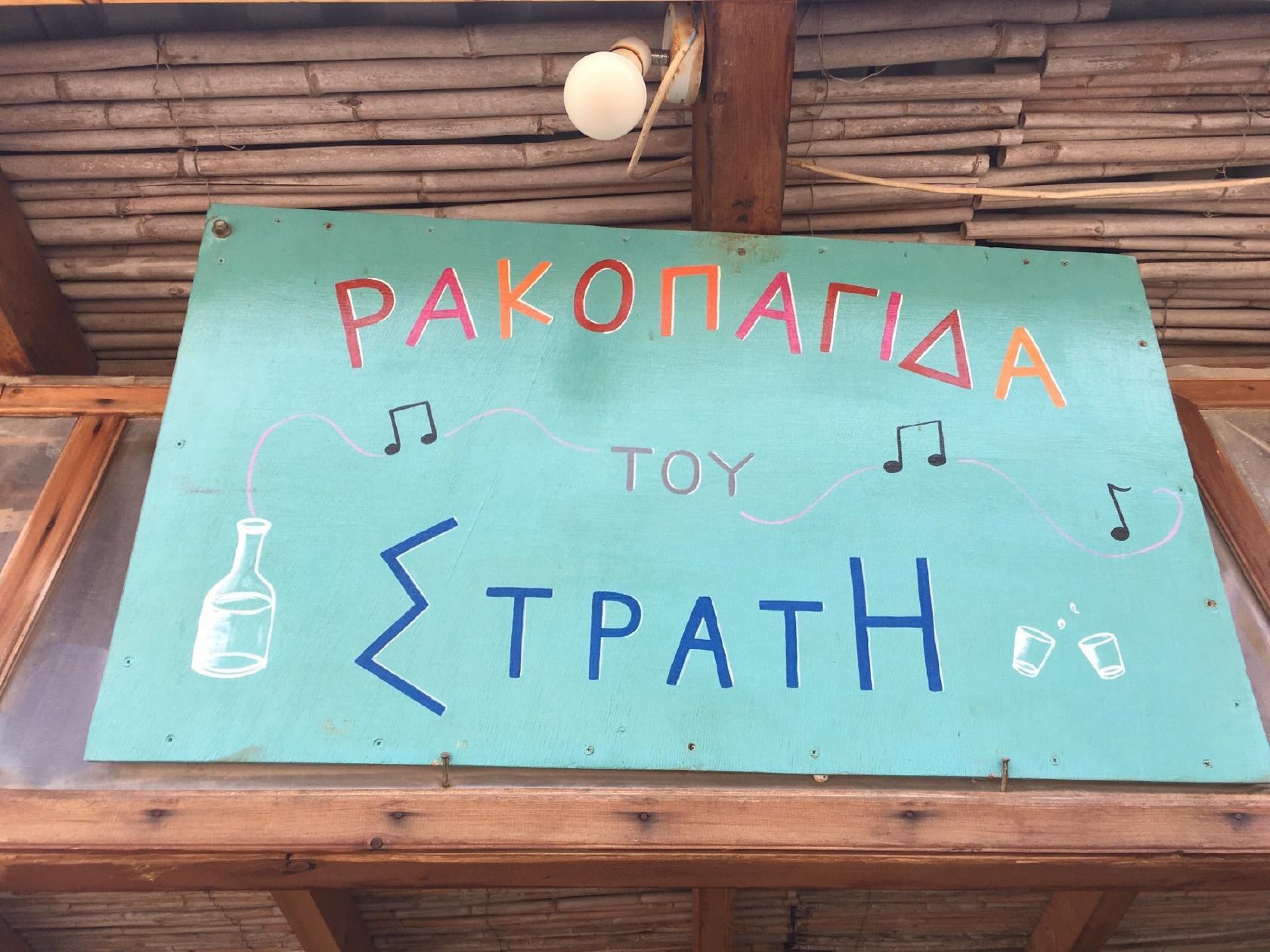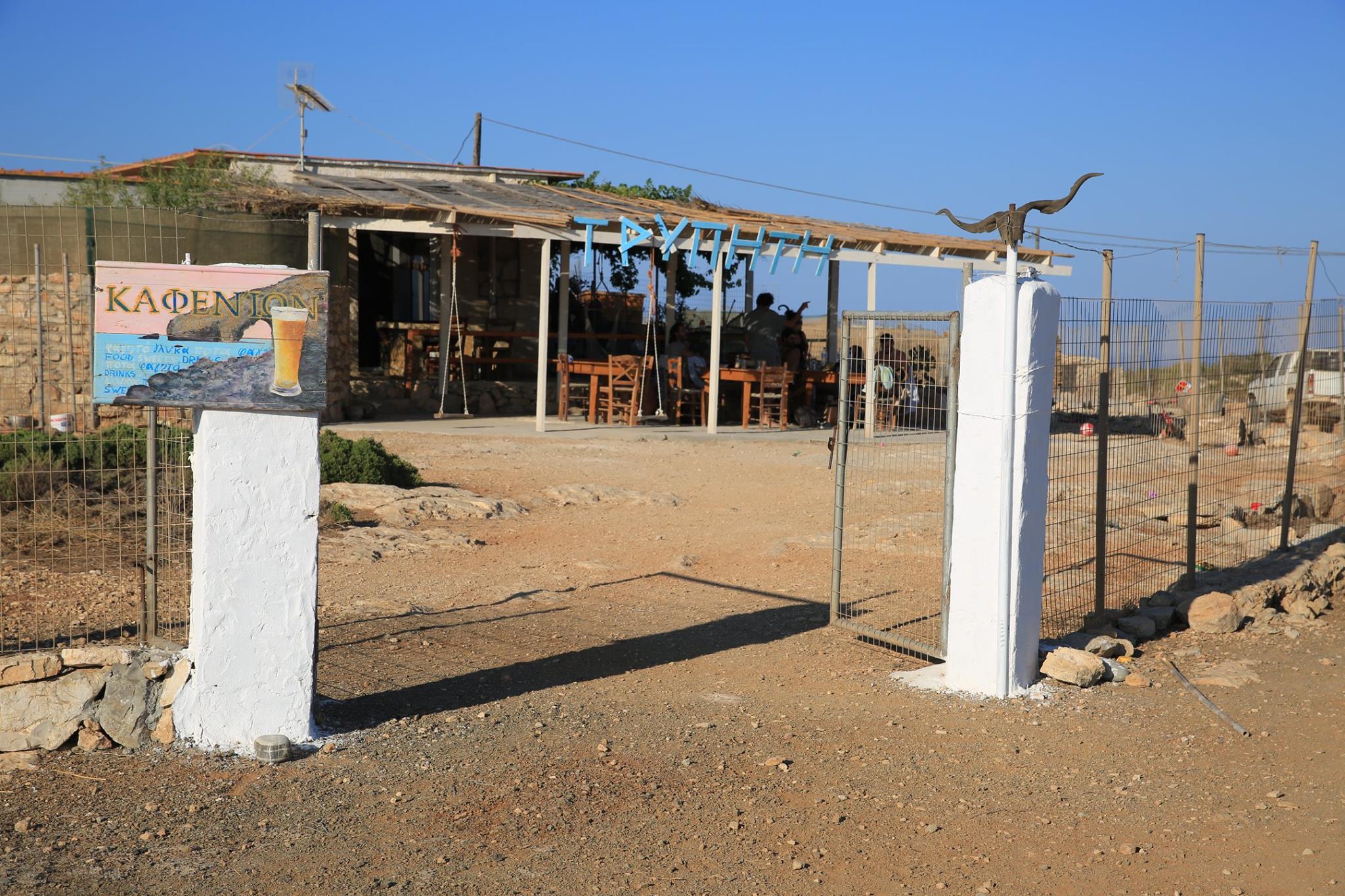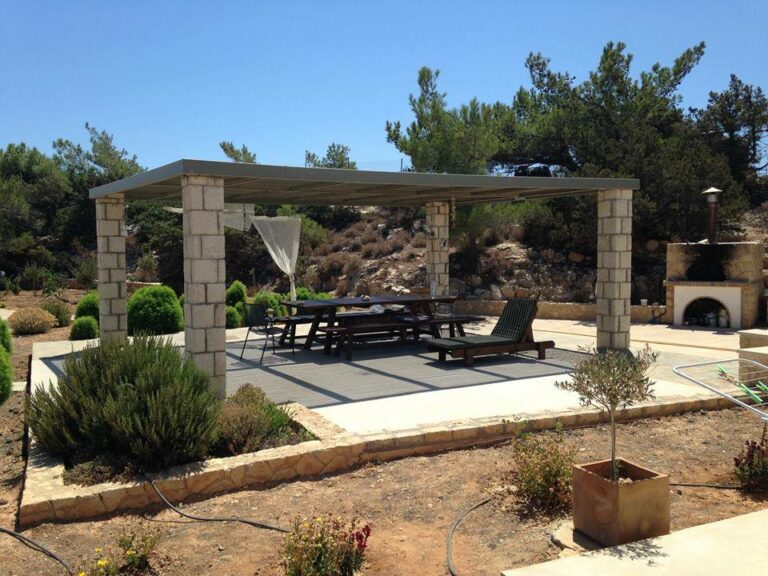Gavdos, a small island in the heart of the Libyan Sea, juts out proudly between Crete and north Africa pin-pointing Europe’s southernmost border. This is a place to enjoy complete autonomy, a haven of tranquility for anyone not seduced by noisy revelry or a highly Instagrammed existence. It is a beautiful, safe location to reconnect with nature, a return to innocence, if you like. It’s not by chance that the island is considered to be a utopia for free campers, free spirits and even hermits from all over the world, who have left everything behind to live permanently in huts and makeshift shelters on remote beaches.
There are three ‘villages’ on Gavdos, Kastri, Ambelos, and Vatsiana, where around 150 permanent residents live, at last count. Today however, some new builds are popping up along the island’s coasts due to the sharp rise in tourist traffic and an increased in demand for more standardised accommodation.
Kastri is the main village of the island and the seat of the Municipality. Here you will find rooms to let, the island’s Rural Clinic and a bakery-pastry shop. The small village of Vatsiana has old stone-built houses, most of which are in shambles; today, very few of them are inhabited. It’s well worth visiting the Folklore Museum, established by the island priest, Manolis Bikogiannakis. Once Ambelos was one of Gavdos’ largest and most picturesque villages, with numerous vineyards but today most of it is abandoned.
The island is part of the NATURA 2000 Network and is protected by Greek and European legislation, while a programme has been implemented to protect the habitat of the coastal sand dunes and an indigenous Juniperus species. Typically, Gavdos and neighbouring Gavdopoula are a stopover for migratory birds on their long journey from Africa to Europe and vice versa, as well as a refuge for the endangered Monachus seal and Caretta Caretta turtle. Pine trees, sea cedars, gum rockrose and pepper trees embellish the island, while heather, oregano and wild thyme blend fragrantly in the salty iodine sea air. The island’s environmental and archaeological importance attracts a great array of scientists and students annually.
Trails take you on enchanting tours of the island, from where you can admire nature in all its glory and drink up endless sea views. Findings reveal that the island was inhabited since ancient times and is identified with Ogygia, the place where Calypso kept Odysseus from his family and Ithaca.
Where to Swim
Agios Ioannis: This is the island’s most famous beach, with fine golden sand and sea shells. It’s named after the homonymous chapel that stands on the hill above the beach. In August it gets very busy, mainly with campers and nudists, but is large enough to comfortably accommodate everyone. It is not serviced, so you’ll need to bring all the essentials (water, food, etc) with you. The trees provide shade but it’s advisable that you bring an umbrella in case you don’t find any free space, especially in the height of summer. Access to the beach is easy, and not too far away from it you’ll find tavernas and rooms to let.
Lavrakas: Located west of Agios Ioannis, at a distance of about two kilometres, is one of Gavdos’ most isolated, and naturally unserviced beaches, with golden sand and beautiful blue waters. You won’t have trouble finding shade under the trees here because the beach is usually quiet.
Potamos: It is formed at the mouth of a small gorge and to reach it you’ll have to brave a long trek. It has lovely clear waters, reddish sand and clay rocks. Sea cedars provide cooling natural shade. The sand is rich in clay, which makes it ideal for taking mud baths. You’ll reach the beach from Ambelo, either by following the dirt track or taking the path. The hike over takes around two hours and on the way you’ll traverse the abandoned settlements of Abelos and Neveli.
Trypiti: The beach of Tripiti is located at the southernmost tip of Europe. The eastern part of the beach is canvased by sand and there you will find the “Throne of Odysseus“, an oversized chair that you can climb onto to admire the view. Tripiti can be reached by boat or on foot by a path that starts from Korfos. It’s about three kilometres from there and the track passes through a pine copse. However, there are no trees at the beach so you’ll need to pack all the essentials.
Sarakiniko: A settlement with an easily accessible beach, where you will find mini markets, cafes and taverns along the road. It is long, with golden fine sand and shallow, clear waters. Because it’s easy to reach and well serviced it’s very popular and attracts a lot of people. It is located 1.5 km north of the port of Karave from where you can jump on the bus, alternatively it’s a 30 minute hike. The settlement was named after the Saracen pirates who used the island as their base.
Things to Do
Faros: The faros (lighthouse), which dominates a hill near Ambelos, was built in 1880 and was one of the largest in the Mediterranean. During World War II it was bombed and destroyed. Since being reconstructed it has become one of the island’s attractions, with a photo museum and café inside that look out to the sea and a spectacular sunset. When it was operational, its light was visible for 42 miles and was second only to the San Juan of Salvamento Lighthouse in Tierra Del Fuego in Argentina. It was rotatable so it could be seen from all sides of Gavdos and was powered by oil soaked fuse.
Folklore Museum: The museum is in Metochi, Sgoudiana near the Gavdos Gulf and has displays of traditional arts and crafts and tools of various trades, such as agricultural tools as well as woven textiles, sheets and towels with many homemade embroideries and all kinds of traditional household utensils, most of them made of clay, such as cups, spoons, ladles and teapots (Tel. +30 2823 042458)
Chaples and ancient ruins: There are ruins of ancient settlements scattered all over the island, and many important artifacts have been unearthed some of which date back to the paliolithic era. In addition to the excavations, you can discover 18 small churches and chapels across the island, which add a singular aesthetic to the landscape. The Aghia Triada (Holy Trinity) is the island’s Metropolis (main church) and is located in Kastri.
Hiking: Gavdos is ideal for hiking, in fact it’s one of the main reason people go there, with paths graded from easy to difficult and is a favourite destination for the Hiking Clubs of Crete. The Municipality of Gavdos, in cooperation with the Forestry Department of Chania, makes an effort to maintain the trails, which are a key aspect of outdoor recreation here.
Gastronomy
Gavdos is part of Crete and its cuisine is classically Cretan, including a lot of fresh fish since many restaurateurs double up as fishermen and catch their own fish while also rearing their own livestock, mainly goats, also growing their own fruit and vegetables. Dishes like the goat in breadcrumbs, the Chaniotiko boureki, stuffed courgette dumplings, kakavia fish soup, dakos rusk with myzithra cheese and Sfakiani pie, are all popular dishes.
Where to Eat
To Steki tis Gogos. The wild greens and courgettes are from their garden and the galaktoboureko (sweet milk pie) is made with milk from the island goats. (Gavdos, Kastri, 2823 041932)
Helona: An atmospheric hangout with tables set on the sand, hammocks and cushions, it’s open from the morning for coffee until well into the night, and sometimes hosts live music events. It serves daily specials that include customary recipes based on fresh fish and meat, dishes of the day and homemade appetisers. (Sarakiniko Beach, 694 290 8663)
Rakopagida tou Strati: A taverna that specializes in well-roasted meats. You’ll find pork belly, sausages, souvlaki and kalzounia (little sweetened cheese pies) that are stuffed with local cheese. (Gavdos, Kastri. 2823043249)
I Nostimies tis Eftychias: Tasty traditional foods in cute little shaded area. Try the handmade dolmades, stuffed courgette blossoms, the goat and the dish of the day. (Gavdos, Sgoudiana – Metochi, 2823 042309)
Trypiti: A hospitable little taverna that uses its own produce, goat and eggs as well as fresh vegetables from the garden. Naturally you must try the roast goat with eggs and chips and of course their fresh, crispy salads. (Gavdos, Vatsiana, 697 196 6129)
Gavdos Panorama: Here you’ll enjoy breathtaking views of the beach of Korfos below. They serve fresh fish which they catch themselves and take orders to prepare their famously delicious kakavia soup. Don’t miss the octopus salad with fresh sourdough bread. (Gavdos, Korfos Beach, 2823 042166)
Where to Stay
Kalypso Apartments. The rooms are comfortable and fully equipped with a kitchenette. (Kastri, tel. 694 510 0393).
Gavdos Princess: Has a restaurant and self-catering accommodation. The nearest beach, restaurants, and mini-markets are three kilometres away. A free shuttle service is available (Kastri, tel. 2823 041181).
Consolas Gavdos Studios. All rooms are fully equipped and have a terrace. Car rental service is available (Sarakiniko, tel. 210 324 1751).
Villa Kastri: The rooms have a balcony or terrace with nice sea and/or village views. Equipped with most of the essentials. The property provides a car rental service. (Kastri, tel. 697 196 2169).
Read also:
Άγιος Νικόλαος: H κοσμοπολίτικη πρωτεύουσα του Λασιθίου μέσα από τα τοπόσημά της
Το σπήλαιο Σφενδόνη στα Ζωνιανά -Ένα από τα πιο εντυπωσιακά επισκέψιμα σπήλαια της Ελλάδας
Αργυρούπολη Ρεθύμνου: Ένα χωριό-σύμβολο ορθολογικής ανάπτυξης



